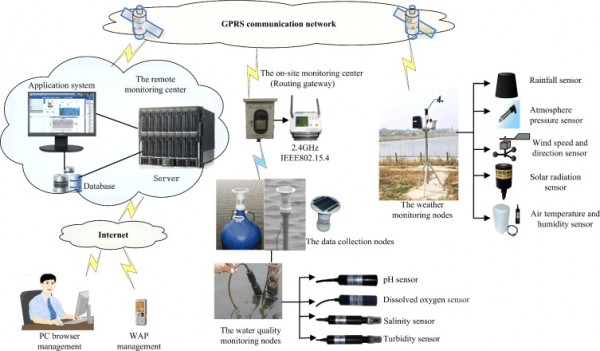分享到
A hybrid WA–CPSO-LSSVR model for dissolved oxygen content prediction in crab culture
2014
期刊
Engineering Applications of Artificial Intelligence

- 卷 29
- 页码 114-124
- Elsevier BV
- ISSN: 0952-1976
- DOI: 10.1016/j.engappai.2013.09.019



